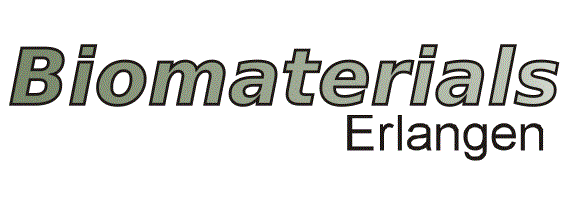Jiayue Feng
Jiayue Feng
Master student
Fused filament fabrication of PCL-bioactive glass composites
Supervisor: Dr. Malte Hartmann, Prof. Aldo R. Boccaccini
Fused filament fabrication is a solvent-free 3D printing process with the potential to create polymer-based scaffolds [1]. Polycaprolactone (PCL) is widely used as scaffold material due to its biodegradability and biocompatibility. The low melting temperature also makes PCL easy to fabricate into 3D scaffolds, but polymer scaffolds cannot bear high load and lack bioactivity. Hence the development of composite scaffolds has gained more attention [2]. Bioactive glasses (BGs) are promising scaffold materials for bone tissue engineering due to their bioactivity and controllable biodegradability [3]. Incorporation of BGs into the polymer bulk can increase the properties of the scaffolds. In this study PCL-BG composite filaments will be fabricated and later used to 3D print bioactive composite scaffolds.
[1] T. Distler, et al., Polymer-Bioactive Glass Composite Filaments for 3D Scaffold Manufacturing by Fused Deposition Modeling: Fabrication and Characterization, Front. Bioeng. Biotechnol., 8 (2020) 552.
[2] P. S P Poh, et al., Fabrication and in vitro characterization of bioactive glass composite scaffolds for bone regeneration, Biofabrication 5 (2013) 045005.
[3] Q. Z. Chen, et al., 45S5 Bioglass®-derived glass–ceramic scaffolds for bone tissue engineering, Biomaterials 27 (2006) 2414-2425.

